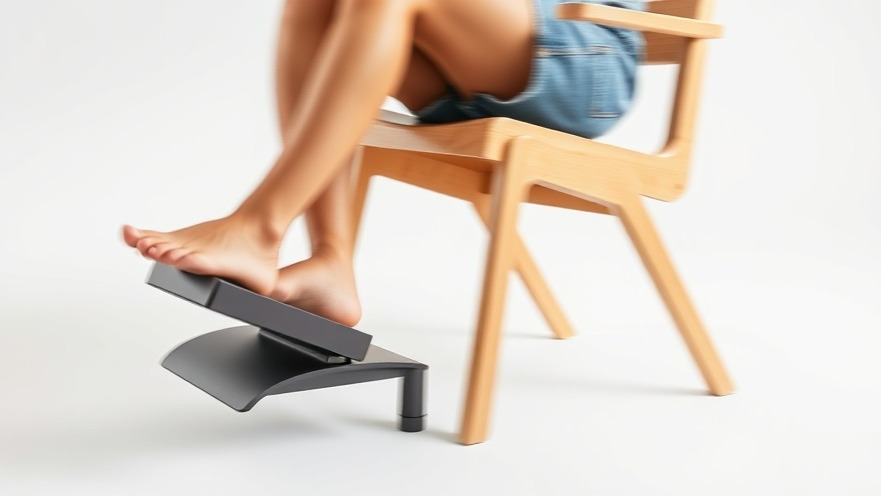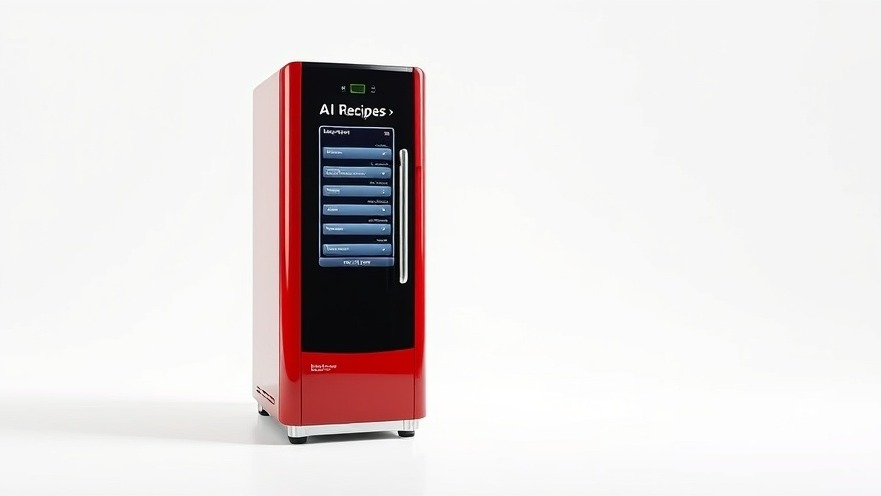
Inspiring Innovations in Ergonomics from Lucerne
The recent showcase by the Lucerne School of Design, Film, and Art unveils several innovative projects that focus on enhancing ergonomics in various environments, especially for children. One standout piece is a chair specifically designed to support active learning. This approach to design emphasizes that comfort is essential for maximizing attention and productivity, especially in environments where children are expected to engage in learning activities for extended periods.
Why Ergonomic Design Matters in Education
Ergonomic design is crucial in educational settings, particularly as it relates to children's developing bodies. Proper support can help prevent common issues such as back pain, fatigue, and decreased concentration. As students sit and learn, a well-designed chair can encourage good posture, which also leads to better engagement and information retention.
The Work-From-Home Connection for Digital Nomads
As digital nomads, creating a productive workspace is paramount. The principles established by the Lucerne projects can directly translate to your home office or wherever you choose to work. Just like the innovative chair fosters focus in children, your workspace should facilitate your ability to concentrate and perform efficiently. Investing in an ergonomic chair that accommodates your posture while working can significantly influence your performance.
Practical Insights: Choosing the Right Ergonomic Chair
When selecting an ergonomic chair, consider the following key factors:
Adjustability: Ensure the chair can be adjusted for seat height, backrest angle, and armrest positions to suit your body type and preferences.
Support: A good ergonomic chair should provide adequate lumbar support to encourage proper posture and prevent back strain during extended periods of sitting.
Mobility: Look for a chair that allows easy movement with wheels, as this can prevent awkward twisting and strain while reaching for your workspace essentials.
When designing your workspace, bear in mind the lessons derived from the projects presented by students at the Lucerne School. They remind us that thoughtful design is essential for any work environment, whether for adults or children.
Future Trends in Ergonomics and Learning
Looking ahead, we can anticipate further integration of technology with ergonomic design in educational settings. Innovations such as adjustable standing desks and collaborative seating arrangements will likely emerge, aiding in the development of dynamic and engaging learning environments. As remote work continues to evolve, similarly futuristic designs tailored for digital nomads will lead to enhanced comfort and productivity.
Conclusion: Aligning Work and Wellness
Understanding the impact of ergonomic design not only helps enhance children's learning experiences but is vital for digital nomads striving for efficient workspaces at home or on the go. As we embrace the future of remote work, let us take cues from pioneering design schools like Lucerne, ensuring that our work environments promote health, focus, and creativity.
 Add Row
Add Row  Add
Add 




Write A Comment